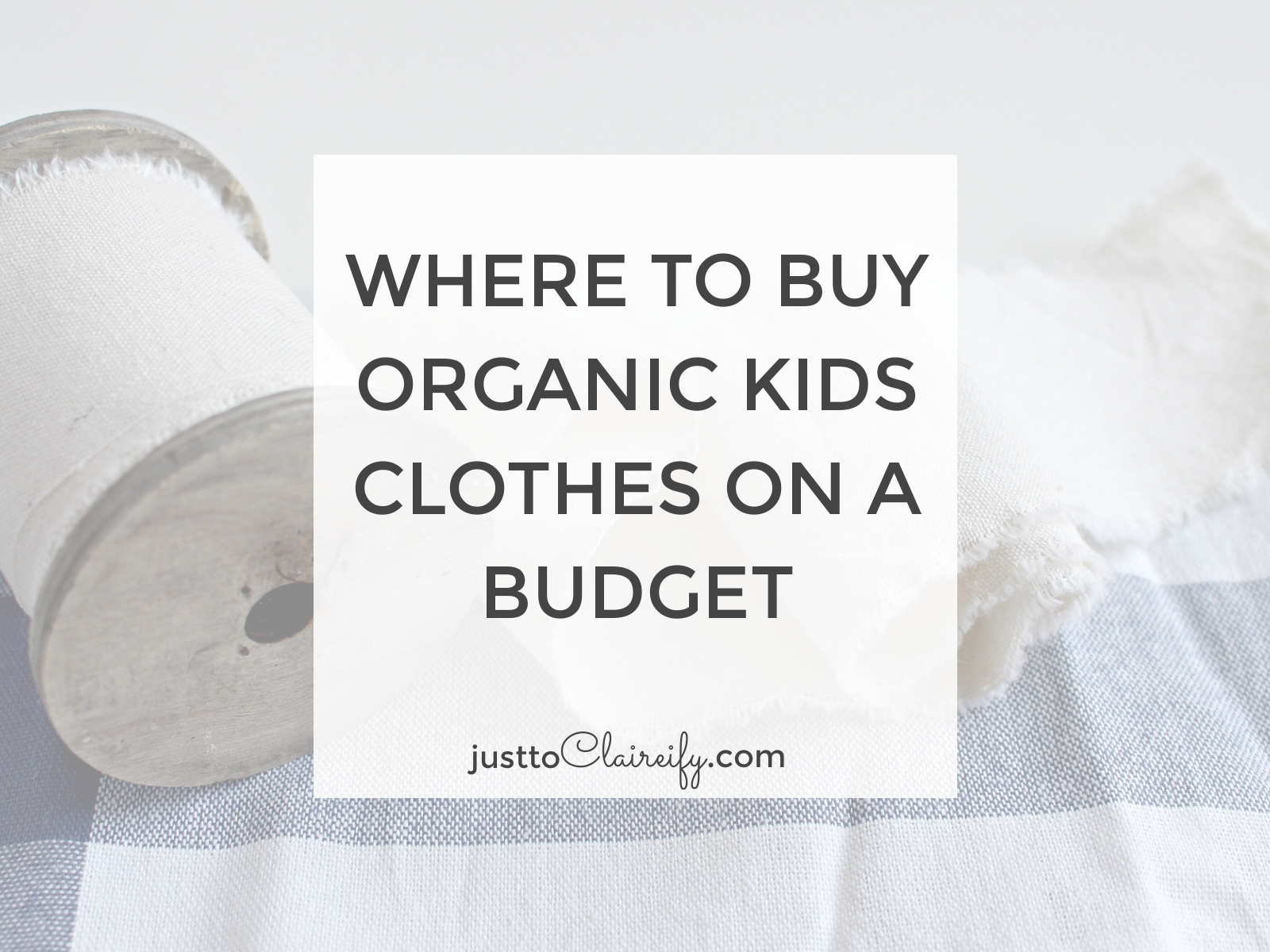 A few years ago, I watched “The True Cost,” a documentary about the fashion industry, and my view of clothing and shopping was forever changed. Seriously–don’t watch it if you don’t want to look at your closet in horror afterwards, thinking about how all those t-shirts and dresses came to be. (My popular post Why & How to Shop for Secondhand Clothes was also inspired by this documentary.)
A few years ago, I watched “The True Cost,” a documentary about the fashion industry, and my view of clothing and shopping was forever changed. Seriously–don’t watch it if you don’t want to look at your closet in horror afterwards, thinking about how all those t-shirts and dresses came to be. (My popular post Why & How to Shop for Secondhand Clothes was also inspired by this documentary.)
The documentary mostly focuses on the environmental and ethical problems in fashion. But afterwards, I couldn’t help but remember the toxic conditions in which most clothing is produced and think: I don’t want that anywhere near my skin, let alone my kids. A trip through the washer seemed woefully insufficient to cleanse clothes of all those pesticides and other chemicals.
Why Buy Organic?
Of course, there’s a multitude of environmental reasons to buy organic clothing. First, conventional cotton growth takes 16% of the world’s pesticide use per year (source), polluting the soil, water and air in the process. One kilogram of conventional cotton also uses 10,000 liters of water to grow and process (source). Organic cotton uses less than half this amount as farmers more often rely on rainwater to grow their crops.
Conventional cotton also exposes farmers and garment workers to the variety of toxic and carcinogenic substances used in its production. Human rights violations abound in the industry, not only from chemical exposure but from long hours and dangerous working conditions in developing countries.
Now–how does wearing conventional cotton impact the health of the consumer? Conventional cotton clothing contains trace amounts of a variety of chemicals used during growth and manufacturing. These include pesticides (like the dreaded glyphosate), toxic dyes, formaldehyde, heavy metals and more (source). These clothes can cause allergies and rashes in hypersensitive individuals, and seeing as many are carcinogens, they’re not substances anyone should have contact with on a regular basis.
Where to Buy Organic Kids’ Clothes (When You’re on a Budget)
But let’s face it; the prices of many sustainable clothing brands are simply unaffordable for a lot of people. While I’d love to wear Christy Dawn dresses on the daily and dress my kids in locally knit wool from happy pastured sheep, I’m not made of money.
When I’m not dressing little e, A, & K in hand-me-downs from my brother or neighbors, here’s where I like to buy organic clothing for them at attainable prices.
- Little Planet Organic: This Carter’s brand is definitely among the least expensive organic clothing brands for kids. We’ve found that their stuff holds up well over time, though. The selection is more limited since the brand is newer–it has mostly baby/young toddler stuff.
- Burt’s Bees Baby: A classic brand that is mostly for babies and young toddlers. They also carry pajamas for older kids. We’ve found them to be of decent quality, and you can buy them on Amazon too if you have prime/want the free shipping.
- H&M: They have a variety of baby, toddler and kids’ essentials that are organic and the prices are pretty good. In general I think of H&M as a fast fashion brand, but I do like that they’re moving towards sustainability in some of their selection and the clothes are cute.
- GAP: GAP carries a variety of organic clothes for babies, toddlers and kids. It’s not a brand I would buy full-priced as it can be pricey, but they have good sales. I just bought most of little E’s summer wardrobe for under $200 so not too bad!
- Pact Organic: Pact has some great basics in a variety of sizes (baby, toddler and kids) at great prices too. But I don’t often shop there because stuff is frequently out of stock in the sizes I need. The quality per price is very good though, if you can catch items in stock.
- Hanna Andersson: Another brand that’s typically expensive but has great sales. Their pants hold up incredibly well so it’s my preferred brand–toddler boys + cheap pants = instant hole-y knees.
- Buy Nothing groups: They’ve given me so much stuff through the years, including high-quality kids’ clothes. And it’s free! As the prices of just about everything have skyrocketed post-pandemic, search for a local-to-you Buy Nothing group on Facebook and see if you can’t “buy” organic and save money at the same time.
So there you have it–my favorite organic kids clothes sources on a budget!
My Final Tip
In all things related to sustainability and health, strive for progress, not perfection. If you’re looking to make the switch to organic clothes, start small. Start with underwear and pajamas–the stuff closest to your body and worn the most.
Over time you can build up your wardrobe from intimates, to basics, to eventually more expensive ethically-made pieces like dresses and coats.
And drop your brand recommendations for budget-friendly organic clothes in the comments, too!
xx Claire


